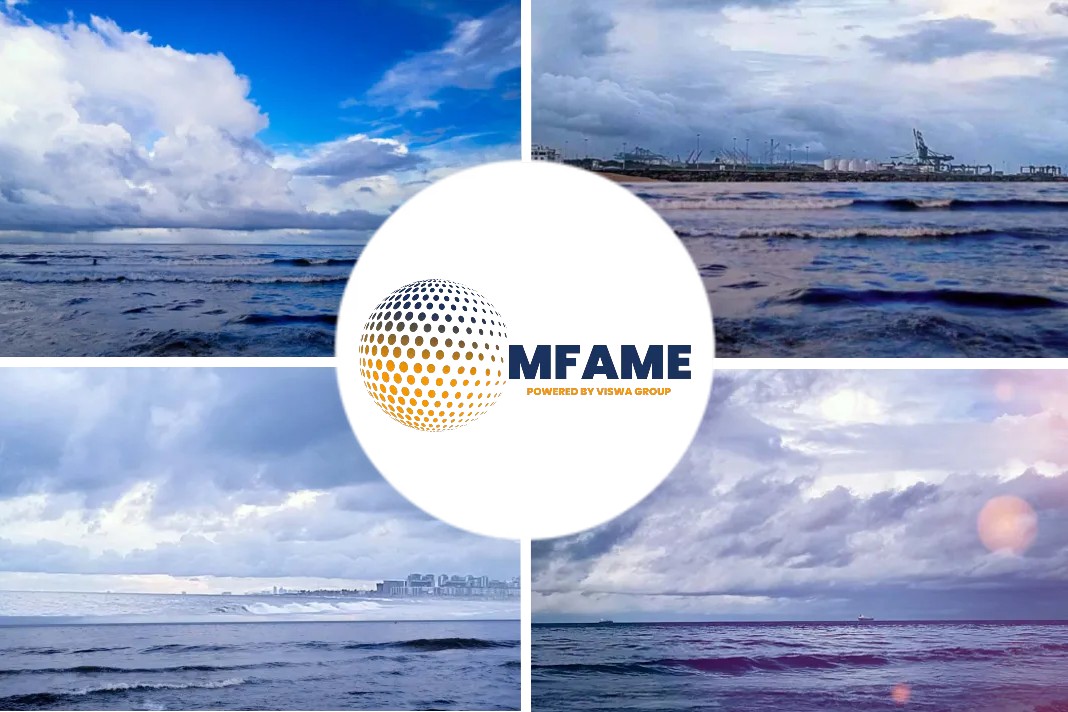
LNG Marine has revealed a self-supporting LNG containment and insulation system, while Hanwa Ocean has announced an on-deck tank structure, reports Riviera.
About the agreement
At Gastech 2023, LNT Marine and Keppel FELS signed a framework agreement giving Keppel access to LNT A-BOX technology. This supports projects Keppel is currently working on, where the IMO type A tank system developed by LNT Marine can be retrofitted or integrated into newbuild vessels.
The framework agreement recognises the competitiveness of LNT Marine’s A-BOX containment by an established shipyard and elevates the status of the containment system to that of established systems.
Since the 1970s, the market for LNG containment systems has been dominated by membrane technology. LNT Marine says its alternative containment system is ready to dominate what its architects call ’the membrane monopoly’.
LNT Marine’s LNT A-BOX uses independent self-supporting prismatic IMO type A tanks, made of aluminium. Benefits include flexibility similar to Moss spherical tanks in terms of filling levels, as there are no liquid motion (sloshing) issues, and at the same time, better volume utilisation than membrane tanks, according to the company’s chief operating officer, Stein Foss.
LNG Tank
The self-supporting tank enables the use of low-density foam materials in the insulation, which with the design criteria applied for ultra-low LNG temperatures, provide “optimal insulation thickness and density for the lowest possible thermal conductivity and boil-off rate,” he said.
Mr Foss said prismatic IMO type A tanks have been used for decades in LPG shipping without problems from liquid motion, nor leakage issues, which he says proves their suitability for LNG with a lower density. “We have recently completed a thorough technical assessment and robustness analysis in close collaboration with ship design company SDARI, and the classification society ABS. This includes detailed FE analysis and fatigue assessment, and confirms that our LNT A-BOX system is a proven, ready-for-market design,” he said.
“While we do not yet have a confirmed order for larger-sized LNG carriers, the first vessel equipped with our containment system – 45,000-m3 LNG Jia Xing, originally Saga Dawn – has been trading actively in southeast Asia since early 2020. The LNT A-BOX system has performed very well during operations, including cooling, loading, unloading, ship-to-ship transfer operations and also sailing with varying filling levels.
Saga Dawn was built at China Merchants Heavy Industry’s Jiangsu yard, a facility new to LNG carrier construction, which confirms LNT’s target of lowering barriers for new yards entering LNG carrier construction.
“We viewed the Saga Dawn project as a pioneering project – a prototype to learn from,” said Mr Foss “We have already identified improvements to the thermal insulation system and installation process that will reduce costs and time.”
LNT Marine vice president of cryogenic insulation, Per Ivar Nikolaisen, agreed and said lessons learned will increase the speed of future installations, as will the straightforward design which enables installation by regular shipyards without specialised equipment. He calculated that these factors “could reduce overall ship production time versus membrane systems.”
JDP to develop LNG tank structure technology
Bureau Veritas (BV) and Hanwha Ocean have announced a joint development project (JDP) focused on improving the design process of independent LNG fuel tanks and expediting the development of solutions for the structural assessment of these systems.
A typical application would be on ultra large container ships (ULCS) where the tanks are not attached directly to the deck.
The agreement was signed by Hanwha Ocean head of R&D, Joong-Kyu Kang, and Bureau Veritas country chief executive Korea of marine and offshore, Drago Pinteric, at Gastech 2023.
The partnership stems from the issue that many vessels are equipped with independent tanks, which are utilised for both LNG and LPG transport and as a fuel source. These tanks differ from traditional designs as they are not rigidly connected to the hull structure, but instead rely on numerous dedicated supports.
The design of these supports must take into account non-linear structural response during operations, including aspects such as loss of contact and sliding. Addressing these contact non-linearities is often a time-consuming process that is sensitive to convergence parameters.
However, BV has recently pioneered a new methodology to assess these behaviours accurately. By validating the method through extensive simulations, it has been demonstrated that the proposed solution greatly reduces central processing unit time, while maintaining the same high levels of accuracy.
This methodology has been successfully integrated into the BV hydro-structure interaction suite Homer, enabling a fully consistent structural analysis of vessels equipped with independent tanks.
Commenting on the partnership, Mr Kang, said: “Through this JDP with BV, it is expected that structural analysis technology will be further advanced to improve the performance of independent tanks and develop differentiated products for the application of future projects.”
Mr Gregg-Smith added: “We are pleased to co-operate with Hanwha Ocean on the structural assessment of independent LNG fuel tanks, which will support technology development for the future application of innovative solutions, while also ensuring the safety of shipping.”
Did you subscribe to our daily Newsletter?
It’s Free! Click here to Subscribe
Source: Riviera














![[Watch] Crazy Power Needed to Move World’s Largest Containerships](https://mfame.guru/wp-content/uploads/2023/11/mfame-tanker-100x70.jpg)

